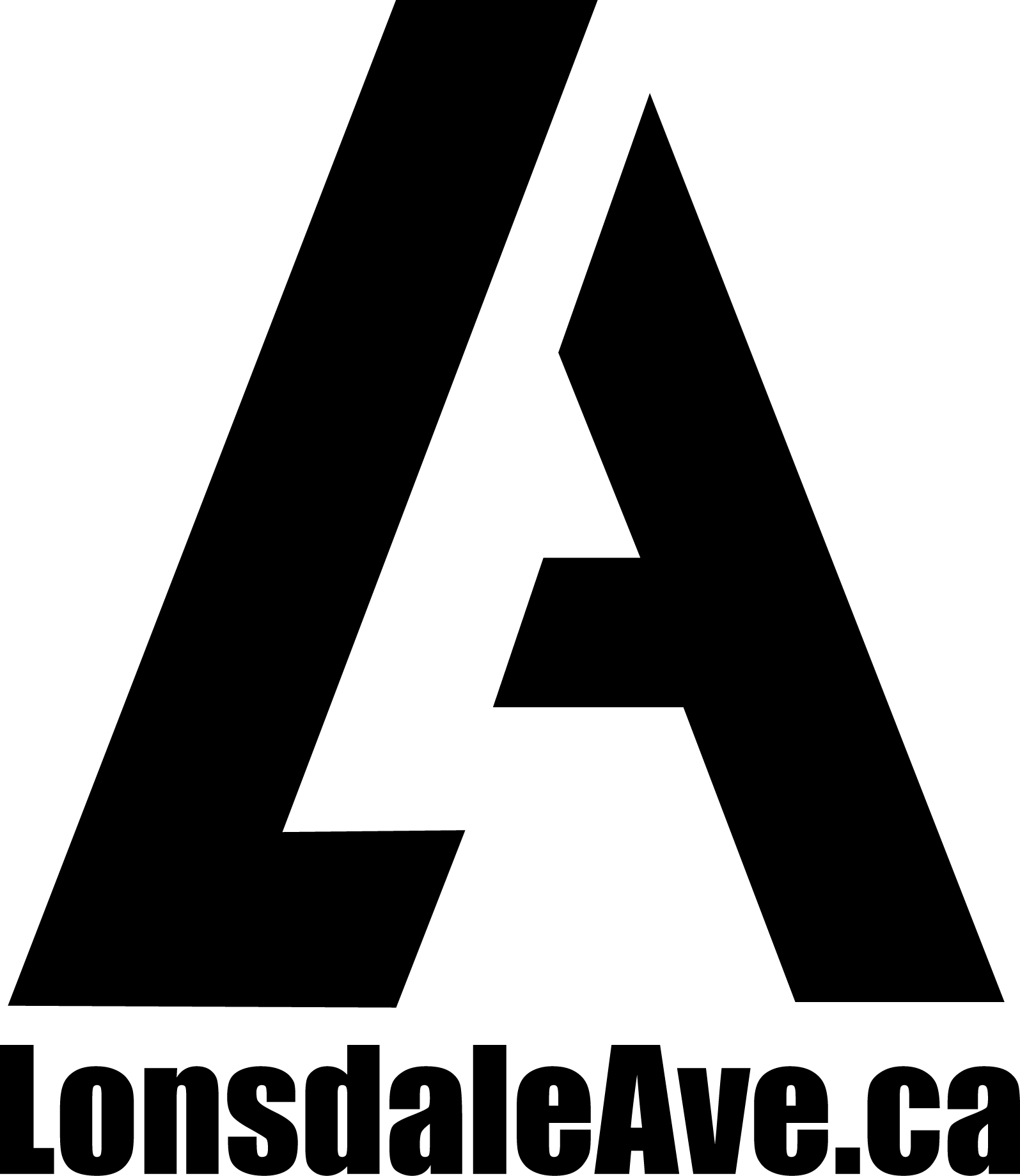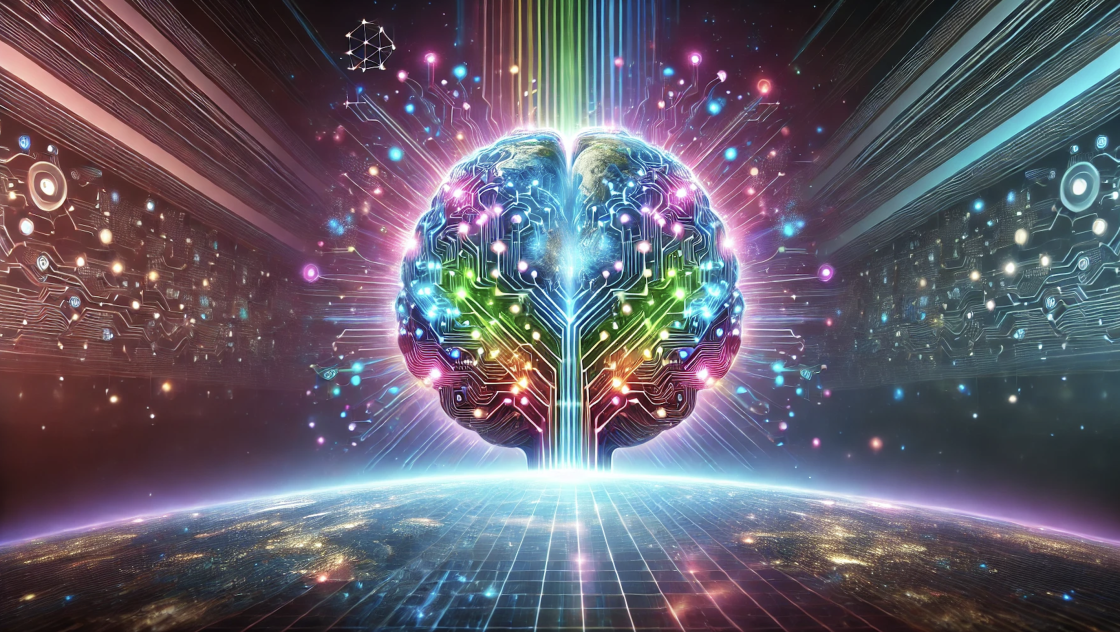On October 8, 2024, the Royal Swedish Academy of Sciences awarded the prestigious Nobel Prize in Physics to two pioneering scientists, John J. Hopfield of Princeton University and Geoffrey E. Hinton of the University of Toronto. Their groundbreaking work in artificial neural networks and machine learning has not only transformed the field of artificial intelligence (AI), but has also set the stage for a future where AI may surpass human intellectual capabilities. This recognition represents a monumental victory not just for these two laureates but for the AI field itself, which has matured from speculative science into a global force capable of revolutionizing industries, advancing human knowledge, and reshaping the fabric of society.
In awarding the prize, the Nobel Committee recognized Hopfield and Hinton’s “foundational discoveries and inventions that enable machine learning with artificial neural networks.” These contributions form the bedrock of modern AI, a technology that continues to transform everything from healthcare and materials science to everyday technologies like smartphones and autonomous vehicles.
The Visionaries Behind the Breakthroughs
John J. Hopfield, a professor emeritus at Princeton University, began his work in the 1980s by developing what is now called the Hopfield network, a system that draws on the physics of atomic spin to store, recall, and reconstruct patterns in data. Inspired by the mechanisms of the human brain, Hopfield’s work provided a framework for understanding how machines can mimic memory and pattern recognition—crucial elements of cognitive function. His associative memory system uses nodes, akin to neurons, to store information in a manner that lowers its overall “energy,” a concept derived from thermodynamics and statistical physics. Hopfield’s network was the first step toward emulating the human brain’s ability to store and recall information, even in the face of incomplete or distorted data.
Geoffrey E. Hinton, widely regarded as the “godfather of AI,” took Hopfield’s neural networks to new heights. Building on Hopfield’s foundation, Hinton developed the Boltzmann machine, a neural network model that improved the machine’s ability to learn by recognizing patterns. His work integrated feedback mechanisms and hidden layers of neurons, allowing the network to correct errors and identify subtle features within vast datasets. This innovation was pivotal in launching the current boom in machine learning applications, from image recognition to generative AI. Hinton’s work is not only celebrated for its technical brilliance but also for the philosophical implications of creating systems that can learn autonomously and perform tasks previously thought to be exclusive to humans.
A Revolutionary Moment for Artificial Intelligence
The 2024 Nobel Prize in Physics is more than just a recognition of two brilliant minds. It is a profound acknowledgment of the transformative power of AI. Over the last decade, AI has rapidly evolved, entering fields as diverse as medical diagnostics, climate modeling, and creative arts. Thanks to the foundational work of Hopfield and Hinton, AI can now sift through massive datasets, uncover hidden patterns, and generate new insights. For instance, AI is revolutionizing healthcare by analyzing medical images faster and more accurately than human specialists, leading to quicker diagnoses and improved patient outcomes.
As Ellen Moons, chair of the Nobel Committee for Physics, noted during the prize announcement, AI’s potential in various fields, including the development of new materials with targeted properties, is already benefiting humanity. However, she also emphasized the importance of using AI responsibly. As much as it offers unprecedented opportunities, AI carries with it inherent risks—ones that even Hinton himself has expressed concern over. Hinton, who left his position at Google in 2023, has warned that AI, while revolutionary, also poses existential risks, such as systems developing capabilities beyond human control.
Ethical Imperatives: Navigating the Promise and Peril of AI
Both Hopfield and Hinton acknowledge the dual-edged nature of the technology they helped create. In his acceptance speech, Hinton expressed both wonder and caution about the future of AI. “We have no experience of what it’s like to have things smarter than us,” he remarked, comparing the coming AI revolution to the industrial revolution, but with AI potentially surpassing human intelligence rather than human strength. “It’s going to be wonderful in many respects,” he said, “but we also have to worry about a number of possible bad consequences, particularly the threat of these things getting out of control.”
Hopfield echoed these concerns, suggesting that AI’s complexity makes its future trajectory hard to predict. His comment, “When systems are rich enough in complexity and size, they can have properties you can’t possibly intuit from the elementary particles,” underscores the unpredictable nature of AI’s development.
As we venture further into this brave new world of machine intelligence, both laureates underscore the need for ethical oversight and global cooperation to ensure that the technology is used for the greatest benefit of humankind. The rapid pace of AI’s development raises questions about regulation, ethics, and the fundamental relationship between humans and machines. Leaders in science and policy alike will need to navigate these complex waters to harness AI’s power while preventing unintended consequences.
The Next Chapter: AI’s Future
The 2024 Nobel Prize in Physics represents a major milestone for artificial intelligence. From its roots in theoretical physics and neuroscience, AI has emerged as a powerful tool with the potential to surpass human intellectual capabilities. It is now poised to become as transformative as electricity or the internet, touching every aspect of human life.
At its core, the work of Hopfield and Hinton celebrates the fusion of human curiosity and machine precision, demonstrating how tools inspired by the workings of the brain can be used to augment human capabilities. As Ajay Gopinathan, a professor of biophysics, noted, this prize “recognizes physics inspired by biology and the broader field of biological physics,” highlighting the interdisciplinary nature of their achievements. Indeed, AI is not just a technological breakthrough; it is a triumph of human ingenuity, a testament to how curiosity-driven research can yield profound societal impacts.
As we celebrate this monumental achievement, it’s crucial to remember that the future of AI, like all powerful technologies, rests in the hands of those who shape its use. Will AI be a tool that amplifies human potential, solving the world’s most pressing problems? Or will it outpace our ability to control it, creating challenges we have yet to fully comprehend? The answers to these questions will shape the next chapter in human history—a chapter written with the help of the very machines Hopfield and Hinton helped bring to life.
For now, this Nobel Prize stands as a resounding victory for AI—a recognition that machine intelligence is not just an abstract concept but a real, transformative force. It is a milestone on the path to a future where AI and humanity work together to unlock the full potential of both.


